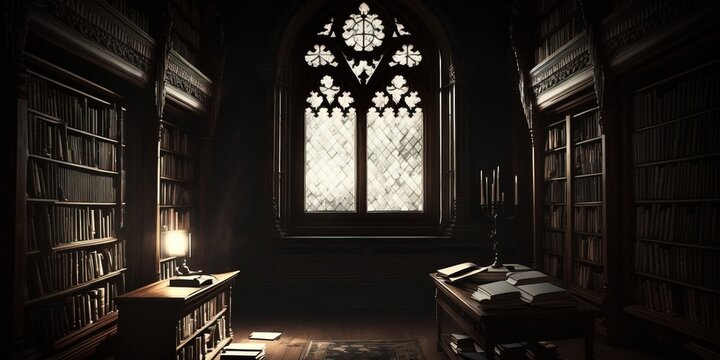
FAQ About Gothic Literature
Gothic Literature
2 years ago | gizem
What are some common themes in Gothic Literature?
Gothic Literature is known for its recurring themes, which contribute to the genre's distinctive atmosphere of mystery, fear, and fascination. Here are some common themes in Gothic Literature:
- The Supernatural: The supernatural is a prominent theme in Gothic literature. Ghosts, monsters, vampires, and other paranormal phenomena are often central to the plot, creating an eerie and otherworldly atmosphere.
- Isolation and Solitude: Characters in Gothic stories frequently find themselves isolated in remote or desolate locations, such as castles, mansions, or lonely landscapes. This isolation intensifies their vulnerability and adds to the sense of fear and danger.
- Mystery and Secrets: Secrets and mysteries shroud the characters, settings, and events in Gothic tales. These mysteries often involve hidden identities, family secrets, or concealed histories that gradually unfold as the story progresses.
- Gothic Architecture: Gothic literature often features descriptions of Gothic architecture, with its pointed arches, intricate detailing, and imposing structures. These architectural elements contribute to the atmosphere and aesthetics of the genre.
- Emotional Intensity: Characters in Gothic literature experience heightened emotions, including fear, terror, love, and madness. Their emotional states are central to the narrative and contribute to the intensity of the story.
- Romanticism: While distinct from the Romantic literary movement, Gothic literature often incorporates elements of romantic love, forbidden passion, and tragic relationships. Love and desire are frequently intertwined with themes of horror and danger.
- The Uncanny: The concept of the "uncanny" or the strange and unsettling is explored in many Gothic works. Characters often encounter situations or phenomena that are simultaneously familiar and eerie.
- Psychological Horror: The genre frequently delves into the psychological horror of the human mind, exploring themes of madness, obsession, and paranoia. Characters may grapple with inner demons and psychological torment.
- Death and Decay: Gothic literature often confronts the theme of mortality, with decaying settings, deathly apparitions, and encounters with the dead. This theme underscores the genre's preoccupation with the macabre.
- Duality and Doubling: Characters may encounter doppelgängers (double selves) or dual personalities, highlighting the theme of duality within the self. This theme explores the idea of the "other" within us.
- Social and Class Conflict: Some Gothic works address issues of class, social hierarchy, and power dynamics, often portraying conflicts between the marginalized and the privileged.
- Feminine Identity and Agency: Many Gothic stories feature strong, independent female characters who navigate societal expectations and often confront oppressive male figures. The genre explores issues of gender and identity.
- Supernatural Retribution: Characters who transgress moral or ethical boundaries may face supernatural retribution or punishment. This theme reinforces the idea that actions have consequences, often in supernatural or supernatural-tinged ways.
- The Sublime: Gothic literature frequently explores the concept of the "sublime," which refers to experiences that inspire awe, fear, and wonder. This can include encounters with the vastness of nature or the unknown.
